7 Sizzling Secrets Behind Mexican Goat Stew: Spices, Soul, and a Touch of Fire
When it comes to bold flavors and aromatic depth, few dishes hit the spot like a slow-cooked Mexican goat stew. Whether you’ve had it steaming in a clay pot at a roadside stand in Oaxaca or tried recreating it at home with mixed results, there’s no denying that this dish is a celebration of spice, tradition, and patience. So, grab your apron, dust off your molcajete, and let’s dive into everything you need to know about mastering this iconic stew.
Table of Contents
- What Makes Mexican Goat Stew Unique?
- A Flavorful History
- The Spice Lineup That Defines the Dish
- How to Make It at Home (Without Losing Your Mind)
- Pro Tips for Perfecting the Stew
- Serving Suggestions: From Tacos to Family Dinners
- Buying Guide: Where to Find Authentic Ingredients
- Final Thoughts on This Hearty Staple
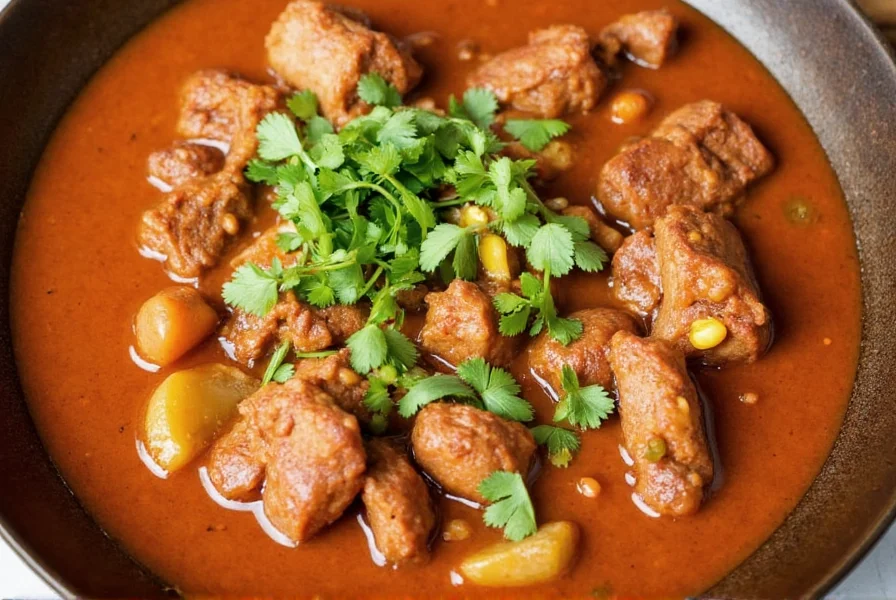
What Makes Mexican Goat Stew Unique?
Mexican goat stew — known locally as guiso de chivo or variations thereof — isn’t just meat in broth. It’s a culinary love letter from generations of cooks who knew how to make the most out of every part of the animal. Unlike beef or pork, goat has a lean, gamey edge that takes beautifully to long, low cooking methods. But what really sets it apart? The spices.
In regions like Baja California, Jalisco, and Veracruz, you’ll find versions that vary wildly depending on local markets and family traditions. One thing remains constant: heat, earthiness, and a deep umami that comes from carefully toasted chiles, herbs, and spices.
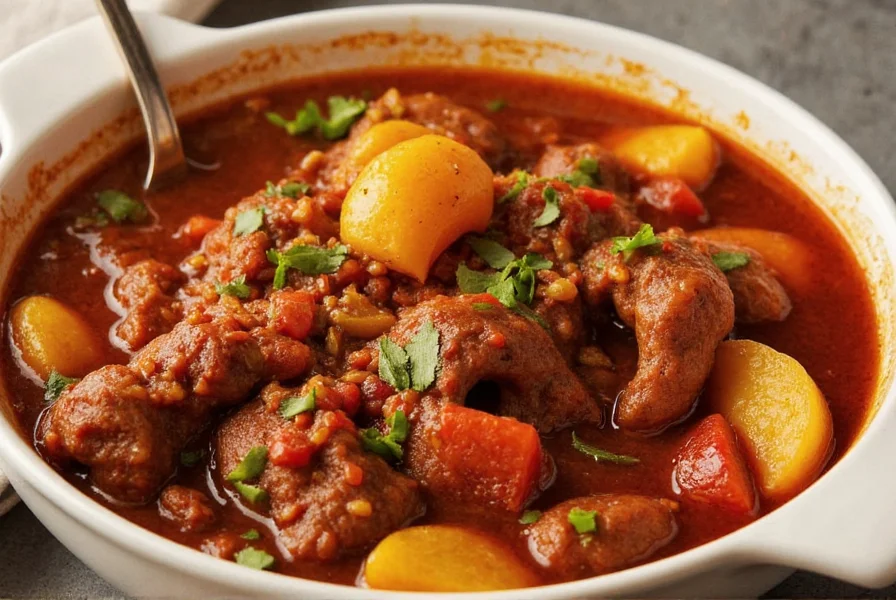
A Flavorful History
The roots of Mexican goat stew stretch back centuries, influenced by both indigenous traditions and Spanish colonization. Goats were introduced by the Spanish in the 16th century, and over time, they became an integral protein in rural areas where cattle were harder to raise. In northern Mexico especially, goats thrived in arid conditions, making them a staple ingredient.
This stew evolved alongside regional cuisines, incorporating ingredients like guajillo and ancho chiles, cumin, cloves, and even chocolate in some versions. The result is a dish that’s not only filling but deeply symbolic — of resilience, resourcefulness, and flavor.
The Spice Lineup That Defines the Dish
If you want authentic Mexican goat stew, you need to understand the core spice blend that makes it sing. Here’s a breakdown of the key players:
| Spice | Flavor Profile | Role in the Stew | Substitutes |
|---|---|---|---|
| Ancho Chiles | Sweet, smoky, slightly fruity | Bases the sauce with warmth and body | Pasilla or mulato chiles |
| Guajillo Chiles | Tangy, bright, moderately spicy | Adds sharpness and color | California or New Mexico chiles |
| Cumin | Earthy, nutty, aromatic | Deepens savory notes | Fennel seeds (in a pinch) |
| Cloves | Intensely sweet-spicy | Unexpected but crucial depth | Nutmeg or allspice |
| Oregano (Mexican preferred) | Pungent, herbal | Herbal lift and balance | Regular oregano + thyme |
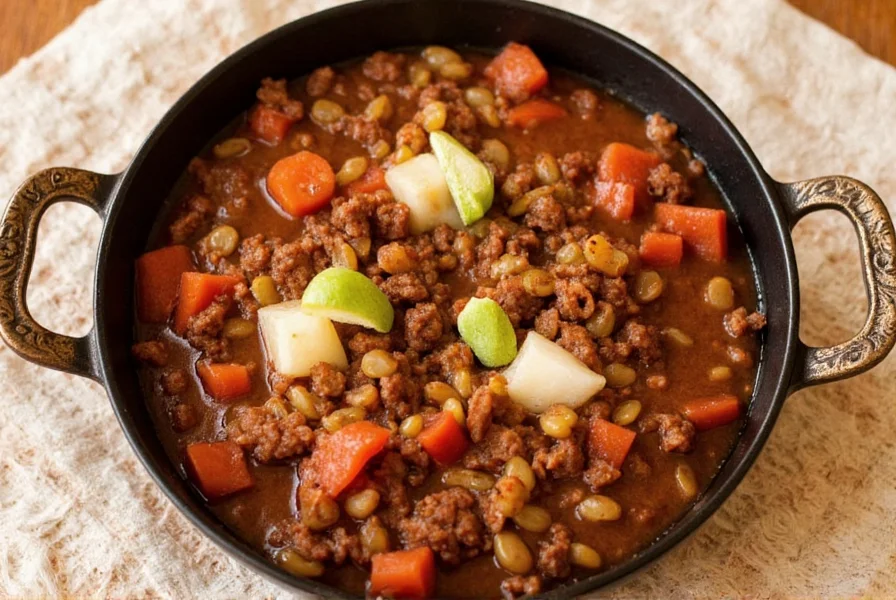
How to Make It at Home (Without Losing Your Mind)
Making Mexican goat stew may sound intimidating, but once you understand the process, it becomes a labor of love — one that smells amazing and tastes even better. Here's a simplified version of the process:
- Choose your cut: Shoulder or leg of goat works best — flavorful and forgiving.
- Marinate: Use a paste of ground chiles, garlic, salt, pepper, and vinegar. Let sit for at least 4 hours (overnight is ideal).
- Toast your spices: Heat a dry pan and toast cumin, cloves, and peppercorns until fragrant.
- Roast the chiles: Toast whole dried chiles in a skillet until pliable and fragrant. Remove stems and soak in hot water.
- Blend: Combine soaked chiles with garlic, onion, spices, and tomatoes into a smooth paste.
- Braise: Brown the goat meat, add the sauce, bring to a simmer, and cook slowly for 2–3 hours until tender.
- Adjust: Taste and adjust seasoning with salt, lime juice, or more chile if needed.
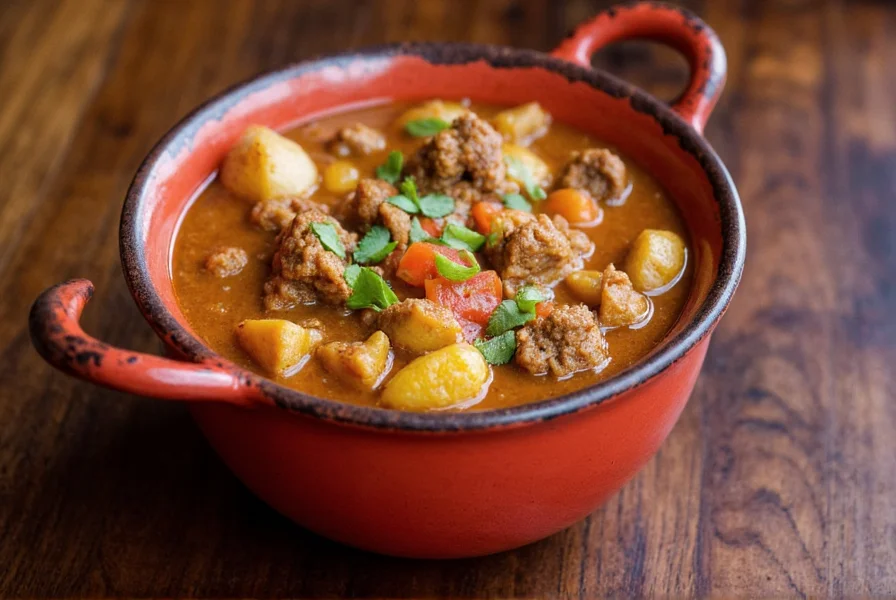
Pro Tips for Perfecting the Stew
You’ve got the recipe down. Now let’s elevate your stew from good to “Oh wow, can I have seconds?” level.
- Use lard instead of oil for sautéing — it adds an authentic richness.
- Don’t rush the soaking step for chiles; softening them ensures a smoother puree.
- Add a splash of vinegar or citrus at the end to brighten the flavors.
- Let it rest overnight — the flavors deepen and meld beautifully.
- Skim impurities while the stew simmers for a cleaner taste.
- Simmer low and slow — never boil the stew; that toughens the meat.
Serving Suggestions: From Tacos to Family Dinners
Once your stew is ready, the possibilities are endless. Here are some classic ways to enjoy it:
- Tacos de birria estilo Baja – Serve with corn tortillas, onions, cilantro, and a side of consommé.
- Rice bowls – Spoon over rice with beans, avocado, and pickled jalapeños.
- Family-style stew – Ladle into bowls with warm tortillas on the side.
- Quesadillas rellenas – Stuff flour tortillas with the stew and cheese, then grill until crispy.
Buying Guide: Where to Find Authentic Ingredients
Making a truly flavorful Mexican goat stew starts with sourcing quality ingredients. Below is a list of must-have items and tips for selecting the best ones:
1. Goat Meat (Shoulder or Leg)
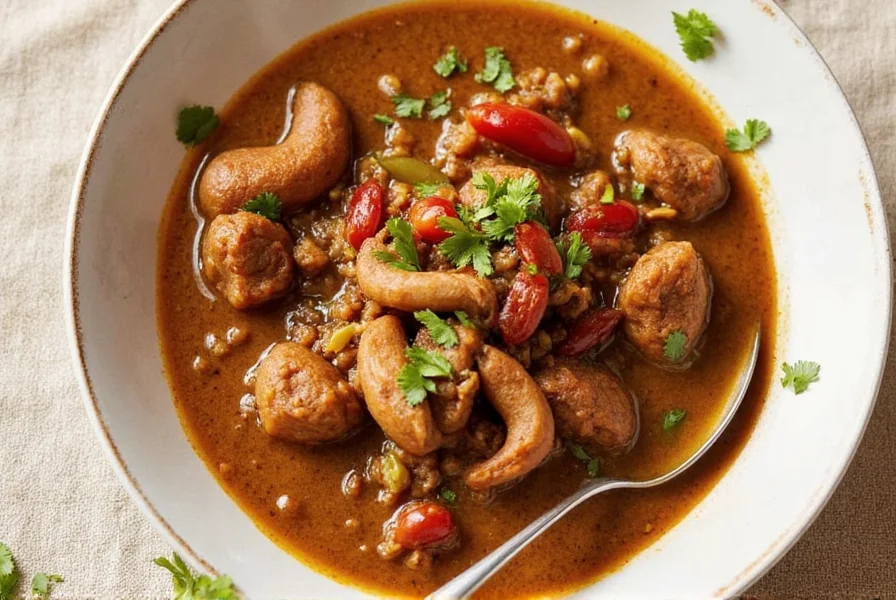
- Best for: Slow braising, tacos, stews
- Where to buy: Latin American butcher shops, specialty grocers, online (e.g., Crowd Cow, ButcherBox)
- Look for: Marbled cuts with minimal odor
- Price range: $8–$15 per pound
2. Dried Chiles (Ancho, Guajillo, Pasilla)
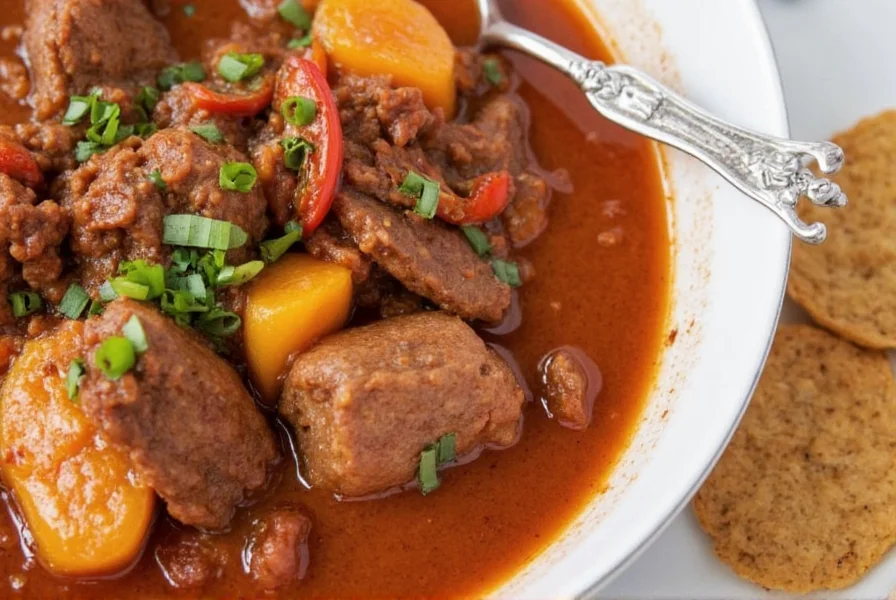
- Best for: sauces, marinades, moles
- Where to buy: Mercado Latino, Whole Foods, Amazon
- Look for: Intact skins, rich color, no mold
- Price range: $5–$10 per ounce pack
3. Mexican Oregano
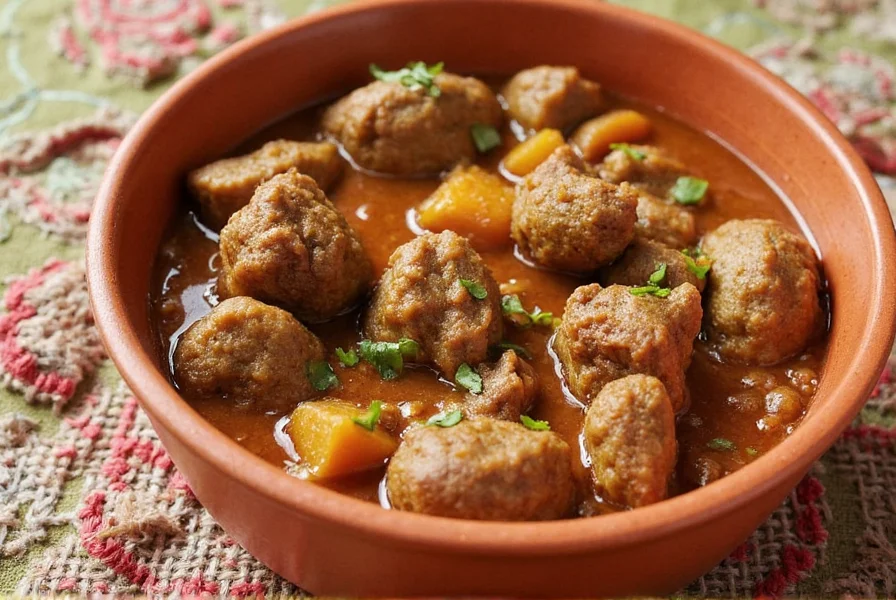
- Best for: seasoning soups, stews, meats
- Where to buy: La Morena stores, specialty spice shops
- Look for: Strong aroma, vibrant green leaves
- Price range: $3–$6 per ounce
4. Cumin Seeds or Ground
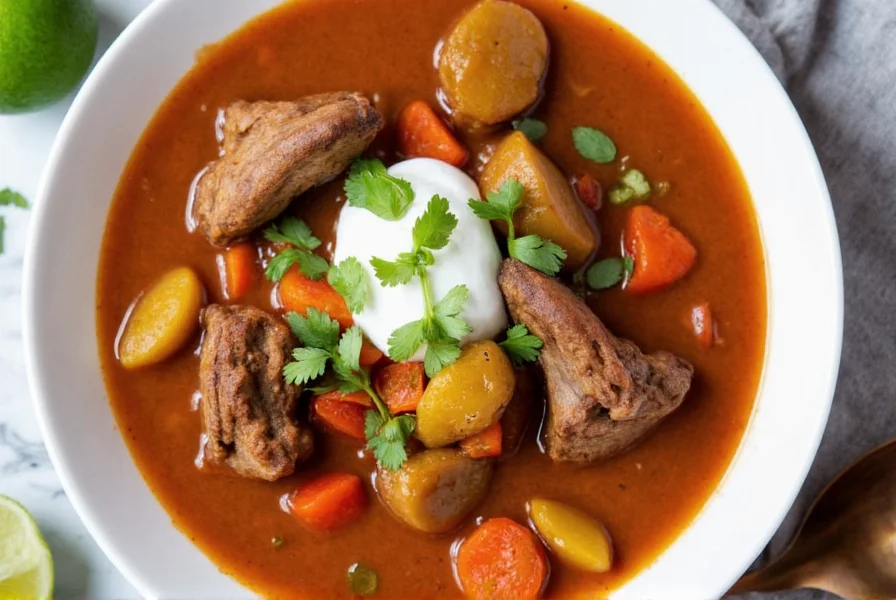
- Best for: enhancing spice blends and meat rubs
- Where to buy: Costco, Penzeys, Amazon
- Look for: Aroma when crushed, uniform color
- Price range: $5–$8 per bottle
5. Lard
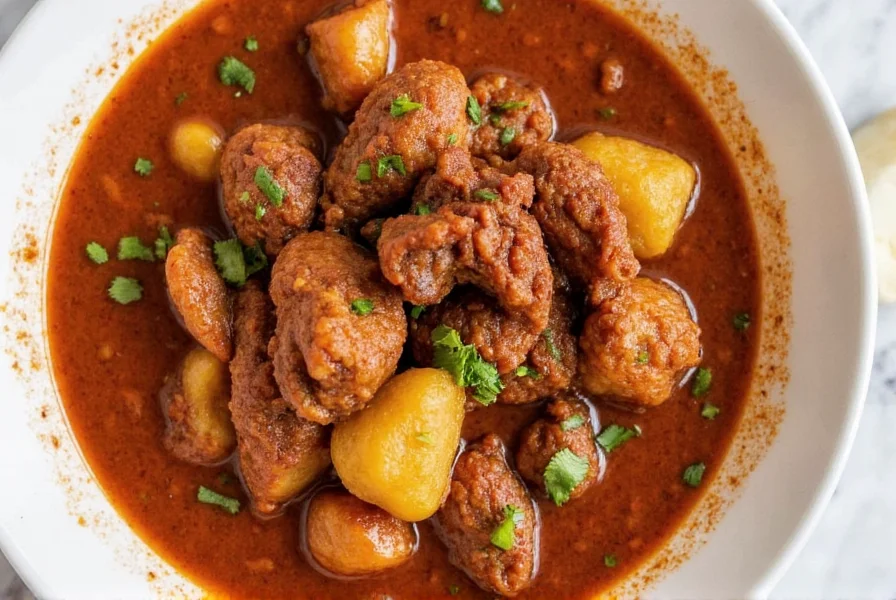
- Best for: frying, browning meats, baking tortillas
- Where to buy: Hispanic grocery stores, specialty butchers
- Look for: Solid texture, clean smell
- Price range: $3–$7 per tub
Final Thoughts on This Hearty Staple
Mexican goat stew is more than just a meal — it’s a cultural experience wrapped in spice, tenderness, and tradition. Whether you're new to the world of goat or looking to refine your technique, this dish offers something for everyone. With the right ingredients, a bit of time, and plenty of love, you too can create a stew that brings people together around the table.
So next time you’re craving comfort food with serious flair, don’t reach for chicken or beef. Embrace the bold, embrace the history, and most importantly, embrace the goat.
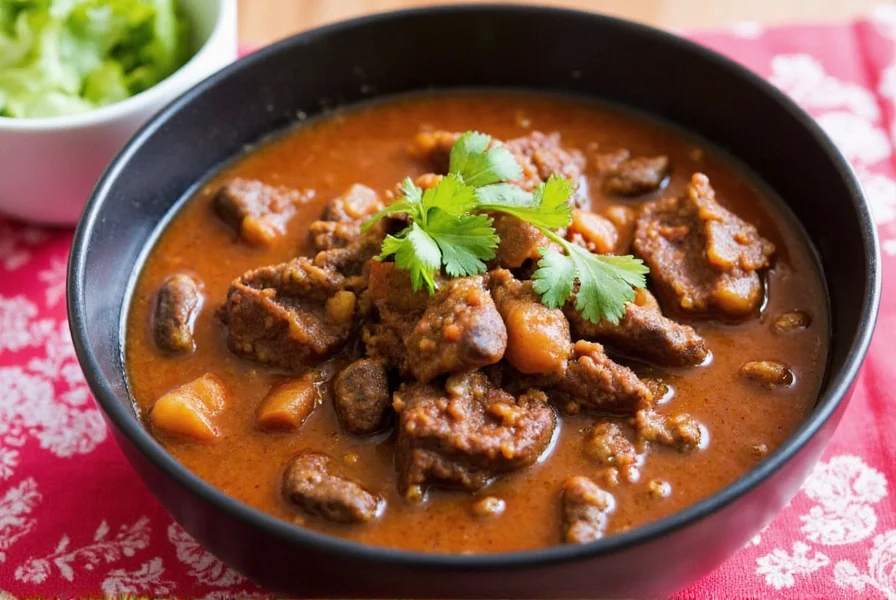
Happy cooking!

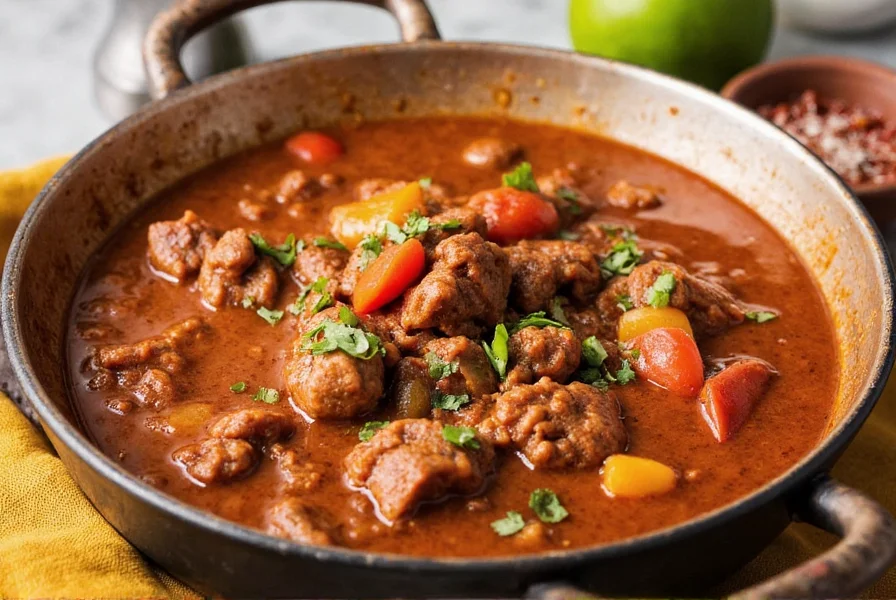









 浙公网安备
33010002000092号
浙公网安备
33010002000092号 浙B2-20120091-4
浙B2-20120091-4